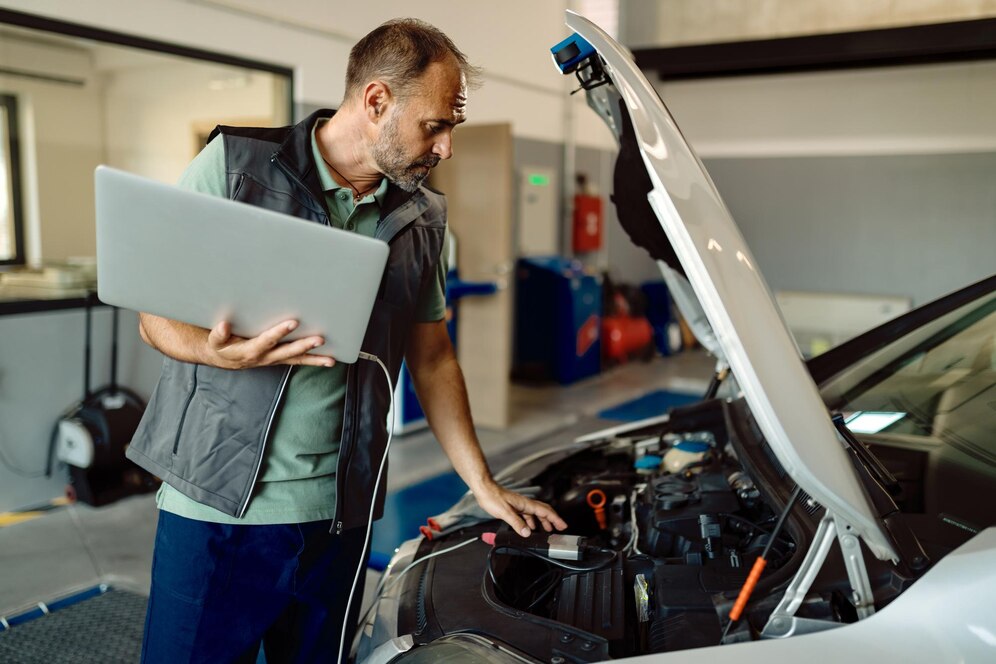Table of Contents
Automotive Batteries: A Crucial but Hidden Hazard
The increasing demand for electric vehicles has brought automotive batteries into the spotlight. While these powerhouses are essential for the clean energy revolution, their hazardous nature often goes unnoticed. In this article, we delve into the scientific exploration behind the hazard classification of automotive batteries, shedding light on the potential risks they pose and the need for proper handling and disposal.
The Chemical Composition: A Recipe for Danger
To understand the hazards associated with automotive batteries, it is crucial to examine their chemical composition. These batteries typically contain highly toxic substances such as lead, lithium, and various acids. Exploring the chemical reactions within the battery and their potential consequences provides valuable insights into the risks involved.
When mishandled or damaged, automotive batteries can pose a significant threat. For instance, the release of toxic gases such as hydrogen sulfide, a byproduct of lead-acid batteries, can lead to respiratory problems and even death. Additionally, the potential for explosive reactions is a constant concern, especially with lithium-ion batteries, which have been known to catch fire or explode under certain conditions.
Environmental Impact: A Silent Threat
The environmental impact of automotive batteries cannot be overlooked. Improper disposal of these batteries can lead to severe contamination of soil, water sources, and even the air we breathe. With the increasing number of electric vehicles on the road, the responsible handling and recycling of automotive batteries are more crucial than ever.
Lead-acid batteries, which have been widely used in traditional internal combustion engine vehicles, pose a significant environmental threat due to the high lead content. When these batteries are not properly recycled, lead can seep into the soil, contaminating water sources and harming wildlife. Similarly, lithium-ion batteries, commonly found in electric vehicles, contain toxic materials such as cobalt and nickel, which can have detrimental effects on ecosystems if not disposed of correctly.
Safety Precautions: Mitigating the Risks
Addressing the hazards associated with automotive batteries requires implementing robust safety precautions. From the manufacturing stage to end-of-life disposal, various measures can be taken to minimize risks.
Proper storage, transportation, and handling procedures are essential to prevent accidents and ensure the safety of workers and the general public. This includes storing batteries in temperature-controlled environments, using appropriate packaging during transportation, and providing training for those involved in handling these hazardous materials. Furthermore, safety guidelines and regulations play a crucial role in enforcing responsible practices and preventing potential disasters.
Innovations in Battery Technology: Striving for Safety
In the pursuit of safer automotive batteries, researchers and manufacturers are constantly exploring innovative solutions. The advancements in battery technology aim to reduce the hazards associated with automotive batteries while improving their efficiency and performance.
One significant development is the emergence of solid-state batteries. Unlike traditional lithium-ion batteries that use liquid electrolytes, solid-state batteries employ solid electrolytes, reducing the risk of leakage and the potential for fire hazards. These batteries also offer higher energy density and faster charging capabilities, making them an attractive prospect for electric vehicles.
Improved battery management systems have also been instrumental in enhancing safety. These systems monitor the battery’s condition, temperature, and voltage to prevent overcharging, overheating, and other dangerous situations. Additionally, advancements in battery recycling technologies are enabling the recovery of valuable materials while reducing the environmental impact of automotive batteries.
Raising Awareness: Educating the Masses
Public knowledge and awareness are pivotal in ensuring the safe handling and disposal of automotive batteries. Many people are unaware of the potential hazards associated with these batteries, which can lead to improper handling or disposal practices.
Educational campaigns and initiatives are crucial in disseminating information about the risks and proper procedures for handling automotive batteries. This includes educating consumers about the importance of recycling their old batteries, as well as providing guidelines for safe storage and transportation. Governments, environmental organizations, and manufacturers must work together to raise awareness and promote responsible practices to mitigate the risks posed by automotive batteries.
In conclusion, understanding the hazard classification of automotive batteries is essential for the safe and sustainable future of electric vehicles. By examining their chemical composition, environmental impact, and implementing safety precautions, we can mitigate the risks associated with these power sources. Moreover, innovations in battery technology and raising public awareness will contribute to a safer and more environmentally friendly automotive industry.]
Photo source: freepik.com

